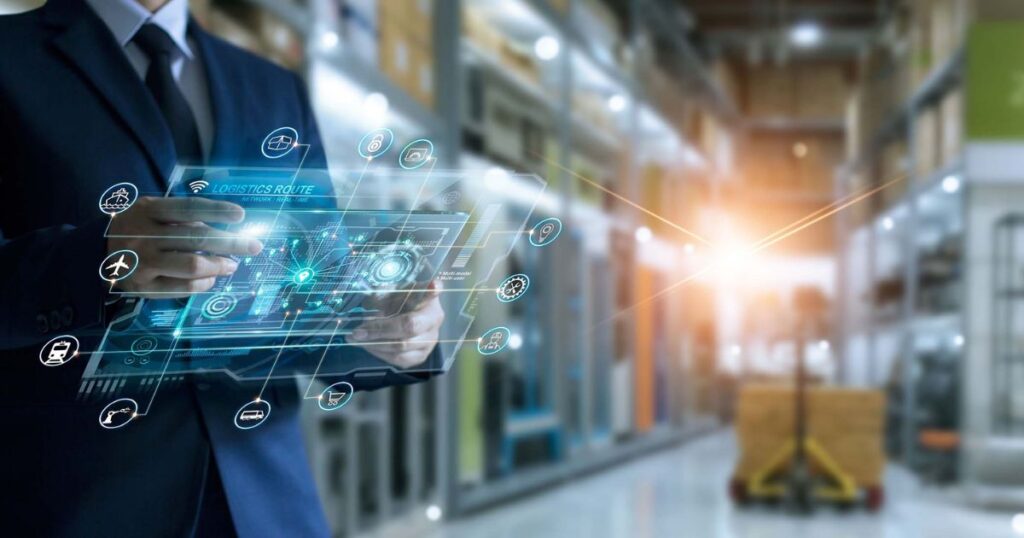Logistics technology began with simple tools like wheels and levers, evolving into a complex network of innovations that revolutionized how we move and track goods across the globe. From ancient trade routes to modern supply chains, it’s the backbone of global commerce.
The game-changer came in the 1950s with standardized shipping containers, followed by the introduction of computers in the 1960s that brought unprecedented control over inventory management. This digital shift marked the beginning of modern logistics as we know it today.
Today’s logistics technology encompasses everything from AI-powered route optimization to blockchain tracking and autonomous delivery drones. Real-time GPS tracking, automated warehouses, and predictive analytics have transformed what was once a manual process into a highly efficient, data-driven industry.
Ancient Transportation And Trade Routes Logistics Technology
Ancient civilizations built remarkable trade networks that shaped human history. The Silk Road connected China to Europe, while maritime routes across the Mediterranean linked diverse cultures through sea trade.
Caravans of camels crossed vast deserts carrying precious spices and textiles, establishing vital economic connections. These historic pathways not only facilitated commerce but also spread ideas, religions, and cultural practices across continents.
Evolution Of Automated Storage Systems Logistics Technology
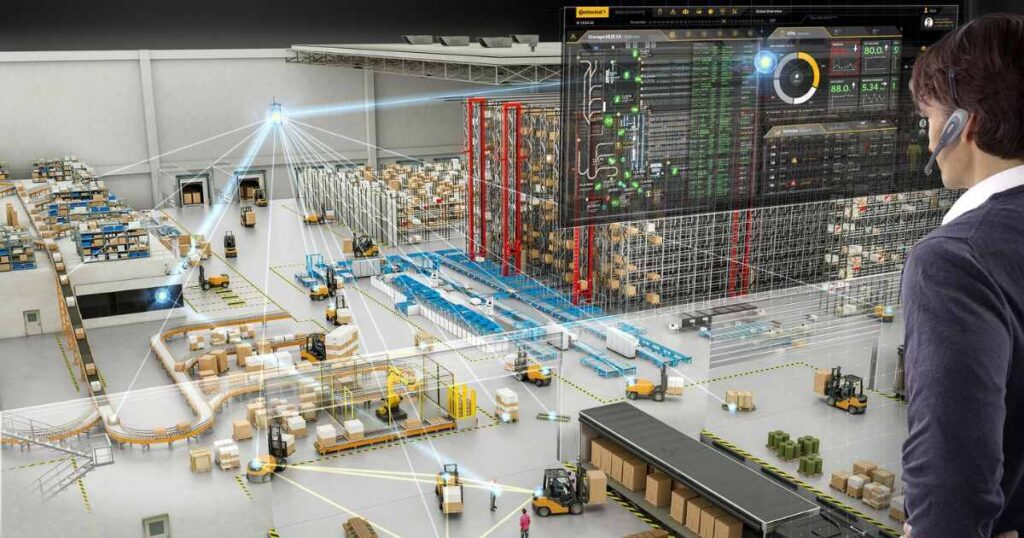
Automated storage systems evolved from simple conveyor belts to smart robotic solutions, transforming how warehouses store and retrieve products. Today’s systems use AI and robots to handle thousands of items efficiently, saving time and space.
People Also Read This Blog: Miami Business Technological University Acreditation
- Early systems used basic vertical carousels to move items up and down.
- Modern shuttles and robots work together to find and move products quickly.
- Smart software learns patterns to place fast-moving items in easy-to-reach spots.
Impact Of Mobile Technology Logistics Technology
Mobile technology revolutionized logistics by putting real-time tracking and inventory management in workers’ pockets through smartphones and tablets. These mobile solutions transformed how warehouse staff, drivers, and managers coordinate shipments and track deliveries on the go.
- Handheld scanners and mobile apps replaced paper-based systems, cutting processing time in half.
- Live delivery updates keep customers informed about their package location and arrival time.
- Mobile dashboards help managers make quick decisions by showing inventory and shipment status instantly.
The Birth Of Modern Shipping Containers Logistics Technology
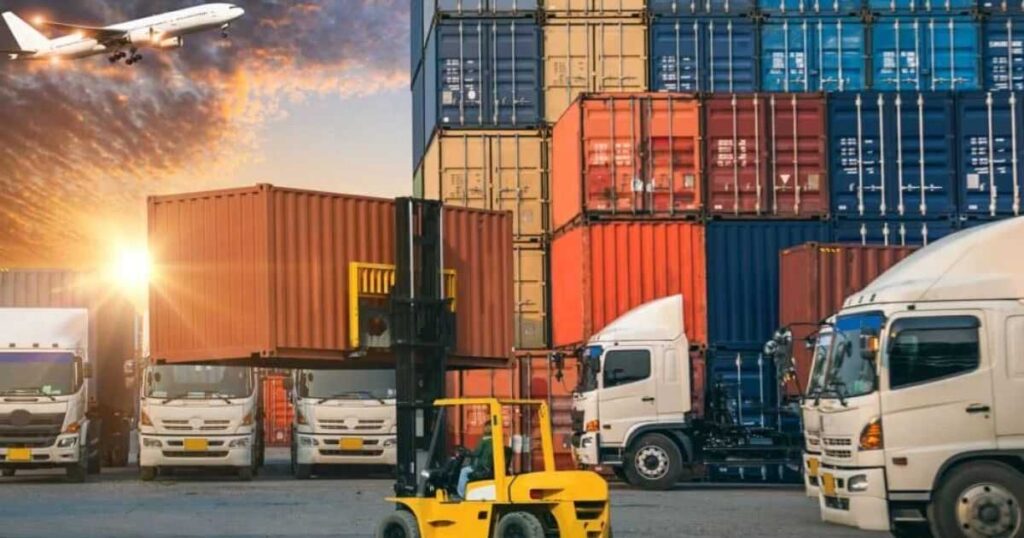
The birth of modern shipping containers revolutionized global trade in 1956 when Malcolm McLean introduced standardized metal boxes for cargo transport. His innovative design featured uniform dimensions and corner fittings that made loading and unloading significantly faster and more efficient.
This simple yet brilliant invention slashed shipping costs dramatically and reduced cargo theft. The standardized container system transformed ports worldwide and became the backbone of international commerce as we know it today.
Smart Warehouse Robotics Logistics Technology
Smart warehouse robotics has transformed from basic automated guided vehicles to sophisticated robots that work alongside humans in modern warehouses. These intelligent machines use sensors and AI to navigate spaces, pick items, and pack orders with amazing precision and speed.
- Mobile robots glide through aisles carrying heavy loads, using smart maps to avoid obstacles and find the fastest routes.
- Robotic arms equipped with cameras can identify and pick different items from shelves without making mistakes.
- Collaborative robots work safely next to human workers, helping to sort packages and move inventory around the warehouse.
Rise Of Warehouse Management Systems Logistics Technology
The rise of warehouse management systems has transformed how businesses handle their inventory in fascinating ways. These digital solutions have replaced old paper-based methods, making it easier to track products from arrival to shipping.
Workers now use handheld devices and computers to instantly update stock levels and locate items within massive storage facilities. This technological shift has not only reduced errors but also helped warehouses keep pace with the growing demands of online shopping.
Predictive Analytics In Supply Chain Logistics Technology
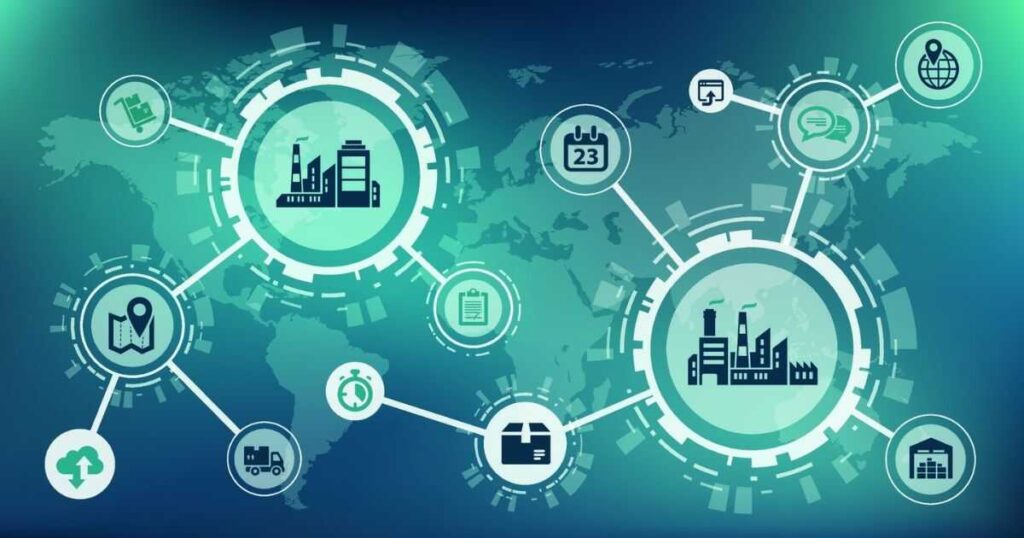
Predictive analytics is transforming how companies manage their supply chains in fascinating ways. By analyzing historical data patterns, businesses can now forecast inventory needs and potential disruptions before they occur.
This technology helps managers make smarter decisions about when to order materials and how much stock to maintain. The result is fewer shortages, lower costs, and happier customers who receive their orders right when they need them.
Sustainable Logistics Solutions Logistics Technology
Sustainable logistics solutions are revolutionizing how companies move goods while protecting our planet. By combining electric vehicles, optimized routes, and reusable packaging, businesses can slash their carbon footprint while maintaining efficient delivery networks.
Don’t miss to read out htis blog: Aligns Technologies Use Of Digital
- Companies are switching to solar-powered warehouses that use natural light and smart temperature controls to reduce energy consumption.
- Local delivery hubs placed strategically around cities help cut down on long-distance shipping and vehicle emissions.
- Biodegradable packing materials made from cornstarch and mushrooms are replacing traditional plastic and foam packaging.
The Digital Revolution In Logistics
The digital revolution has transformed logistics through smart tracking systems and automated warehouses, making deliveries faster and more reliable than ever before. Companies now use artificial intelligence and cloud computing to optimize routes and predict demand patterns, leading to significant cost savings and improved customer satisfaction.
- Mobile apps and real-time tracking allow customers to monitor their packages throughout the delivery journey, giving them peace of mind.
- Warehouse robots and automated sorting systems have reduced human error while speeding up order processing times.
- Digital documentation has replaced paper-based systems, making international shipping smoother and more environmentally friendly.
Introduction Of Barcode Technology
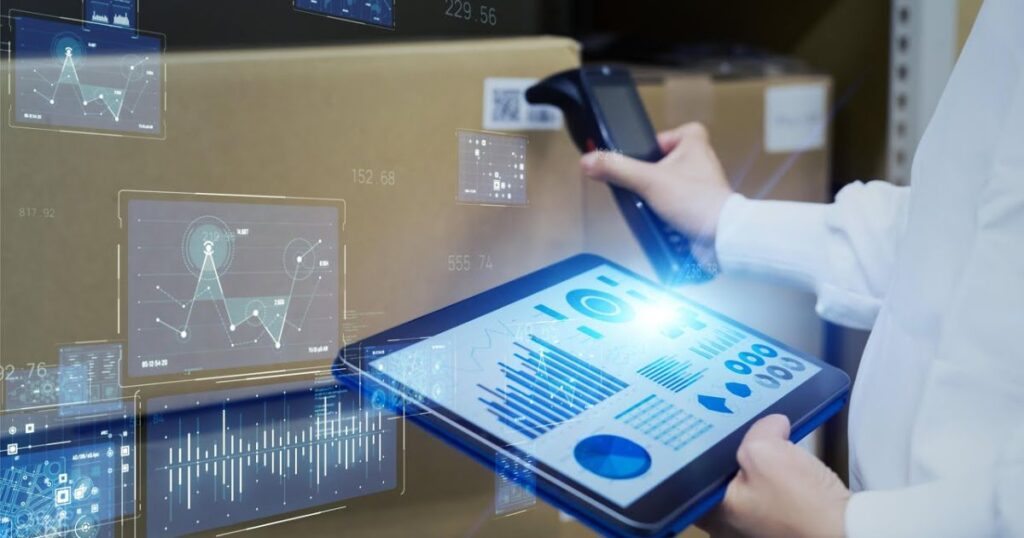
A barcode is a clever pattern of black-and-white lines that helps machines read information quickly. First used in supermarkets in the 1970s, this technology revolutionized product tracking and inventory management.
Each barcode contains unique data about an item, such as its price, manufacturer, and product type, which can be instantly scanned using special devices. Today, barcodes have become an essential part of our daily lives, appearing on everything from grocery items to hospital wristbands.
GPS and Real-Time Tracking Era
In the bustling world of smartphones and smartwatches, GPS technology has changed everything about navigating and staying connected. From tracking morning jogs to finding the best route through city traffic, real-time location data guides our daily choices.
Parents keep tabs on their children’s whereabouts through simple apps, while delivery drivers smoothly navigate to their destinations. This constant stream of location data has transformed our society into one where getting lost is becoming a thing of the past.
Cloud Computing In Supply Chain
Cloud computing transforms supply chain management by enabling real-time data sharing and collaboration between suppliers, manufacturers, and retailers. Through cloud-based platforms, companies can track inventory levels and shipment status from anywhere, making it easier to prevent stockouts and delays.
The cloud also helps businesses scale their operations up or down quickly based on demand, without investing in expensive infrastructure. This technology ultimately leads to better decision-making and more efficient supply chain operations.
Artificial Intelligence In Route Planning
Artificial Intelligence has transformed the way we plan our daily travels. Smart algorithms now analyze traffic patterns, weather conditions, and road work in real time to suggest the best routes.
These AI systems learn from millions of trips to understand which paths work better at different times of day. They can even predict potential delays and automatically suggest alternate routes before problems occur.
IoT Sensors And Smart Logistics
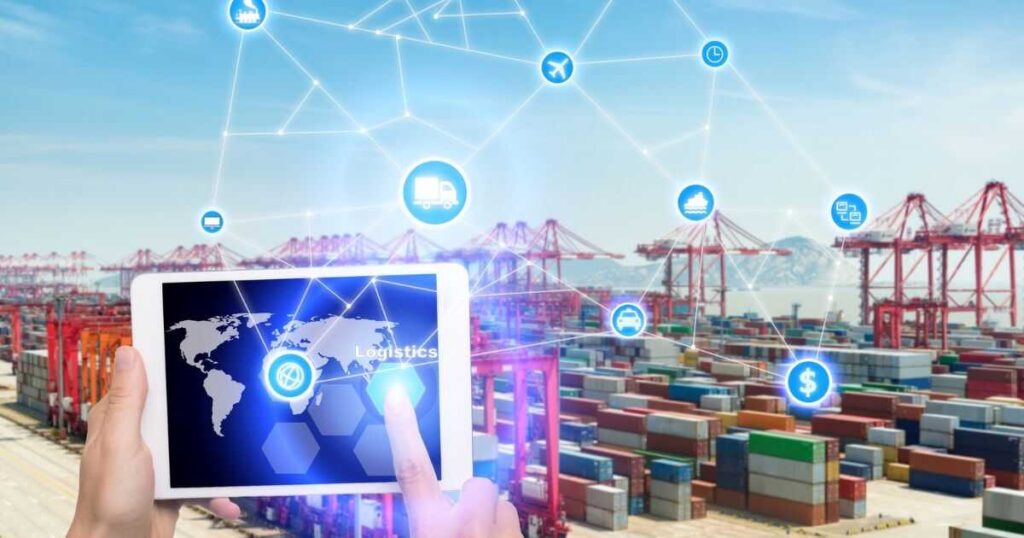
IoT sensors are transforming modern logistics by providing real-time updates about shipments and inventory. These tiny devices monitor everything from temperature and humidity to location and movement, ensuring products stay safe during transit.
Smart logistics systems use this data to optimize routes, predict maintenance needs, and reduce delays across the supply chain. The combination of IoT sensors and intelligent tracking helps companies save money while delivering products faster and more reliably to customers.
Blockchain In Supply Chain Security
Blockchain technology creates an unbreakable digital record of products moving through the supply chain. Every transaction and transfer is permanently recorded, making it nearly impossible for counterfeit goods to enter the system.
Smart contracts automatically verify deliveries and trigger payments, reducing paperwork and delays. This transparent system helps companies track products from factory to customer while building trust between business partners.
Autonomous Vehicles And Drones
Self-driving trucks and delivery drones are revolutionizing how goods move from warehouses to customers. These autonomous vehicles can operate 24/7, reducing delivery times and human error in transportation.
Read This Blog: Creation Technologies Headuarters
Drones easily reach remote areas and bypass traffic congestion in cities, making last-mile delivery more efficient. Camera systems and sensors help these machines navigate safely while carrying precious cargo to its destination.
Future Of Logistics Technology
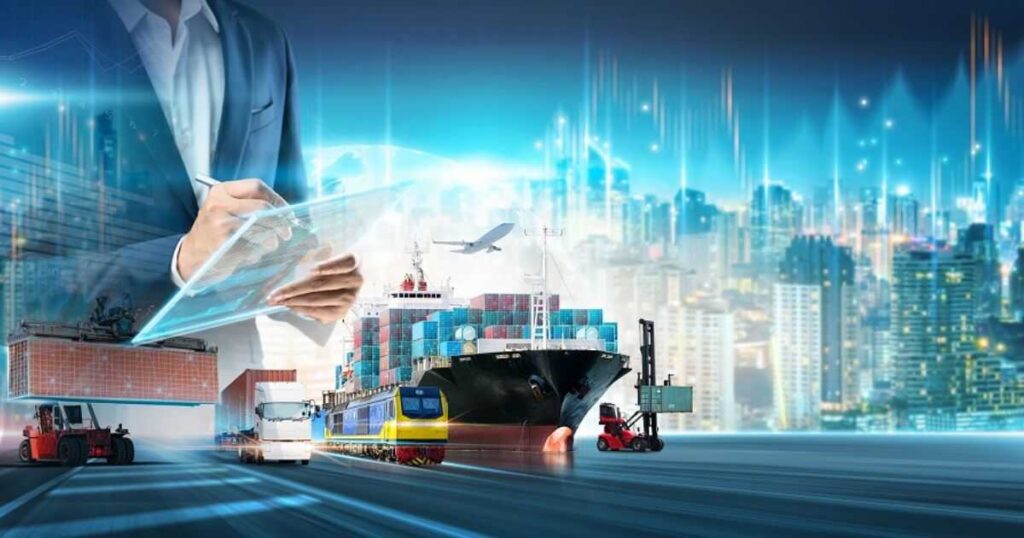
The next wave of logistics innovation combines artificial intelligence, robotics, and advanced analytics to create self-managing supply chains. Predictive systems will automatically adjust routes and inventory levels based on real-time demand and conditions.
Smart warehouses staffed by robots will work alongside human teams to process orders at unprecedented speeds. This technology-driven future promises faster deliveries, lower costs, and more sustainable transportation networks.
Conclusion
Looking back at the evolution of logistics technology, we’ve come a remarkably long way. From ancient civilizations using simple wheels to move goods, to today’s AI-powered supply chains and autonomous vehicles, each advancement has revolutionized how we move and track items.
The future promises even more exciting developments, with drone deliveries and blockchain transparency becoming commonplace. This continuous innovation in logistics technology doesn’t just improve efficiency, it’s reshaping how our world connects and operates.
FAQ’s
How Has Logistics Changed Over The Years?
Logistics has evolved from basic manual transport systems to sophisticated digital networks powered by AI, automation, and real-time tracking, transforming how goods move globally.
What Are The 7 Steps Of Logistics?
The seven fundamental steps of logistics flow from planning and procurement through inventory, warehousing, transportation, and distribution, ultimately ending with payment processing and final delivery to customers.
What Technology Is Used In Logistics Industry?
Modern logistics relies heavily on warehouse management systems (WMS), GPS tracking, RFID technology, and automated picking systems.
What Are The 4 Major Types Of Logistics?
The four major types of logistics are supply logistics, distribution logistics, production logistics, and reverse logistics, each playing a vital role in moving goods from suppliers to end consumers efficiently.
How Technology Has Changed Logistics?
Technology has transformed logistics from a manual, paper-based process into a streamlined digital ecosystem where real-time tracking.
What Is The Future Technology For Logistics?
The future of logistics will likely be dominated by autonomous vehicles, AI-driven predictive systems, and drone deliveries working together in a seamlessly connected digital ecosystem.


